Happy Table- 5 Old Fruits and Vegetables to Rediscover for Your Garden
What can add more value to your happy table? We curated 5 old fruits and vegetables to rediscover for your garden. Chosen by generations of gardeners for flavour, nutrition and resilience.

There’s something magical about opening a jar of this jam in the middle of winter, one bite and you’re right back in the garden, barefoot, sun on your shoulders, the rustle of husks in your hands. Aunt Molly’s ground cherries may be old-fashioned, but they carry the kind of flavor that time can’t forget.
Growing your own food could be deeply satisfying. Imagine the scent of sun-warmed tomatoes, the crisp snap of just-picked peas, the quiet thrill of watching a seed become something that nourishes. But in our supermarket-driven world, many old varieties of fruits and vegetables have slipped away from our tables, lost to time.
Not because they weren’t good—quite the opposite. These varieties once filled our grandparents’ gardens, each with its own story, resilience and flavor. They have been overlooked, abandoned in favour of high-yield, uniform and easy-to-ship produce. But this year, as you plan your garden, consider reviving a few forgotten treasures. You might just fall in love with something extraordinary.
The Cinderella Pumpkin
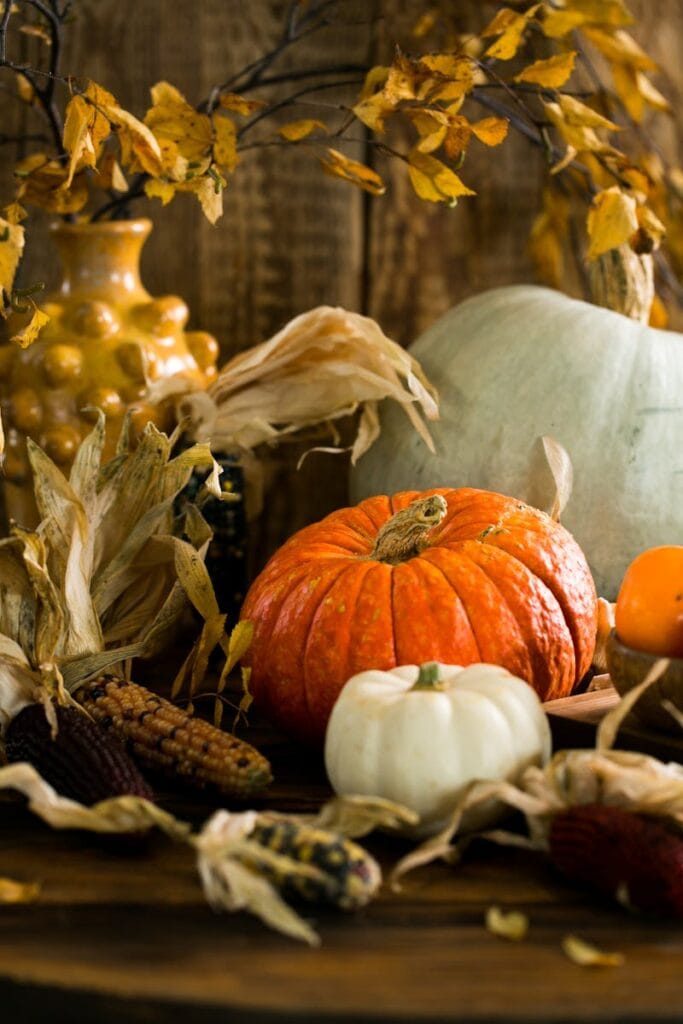
If you’ve ever admired the deep, ridged pumpkins in fairy tale illustrations, you’ve likely seen a Rouge Vif d’Etampes. This stunning French heirloom was the inspiration for Cinderella’s pumpkin carriage, but it’s more than just ornamental. Its rich, sweet flesh makes the most velvety soup, and it stores beautifully through the winter. Why did it fade away? It’s not perfectly round, and its soft skin doesn’t handle commercial shipping well. But in a home garden, none of that matters. What does matter is the golden-orange glow it brings to autumn, the weight of it in your hands, and the deep, nostalgic pleasure of cutting into a pumpkin that generations before you also savoured.
The Moon and Stars Watermelon
Most watermelons today look the same—smooth-skinned, uniform, predictable. The Moon and Stars watermelon is anything but. Its dark green rind is speckled with bright yellow “stars” and one or two larger golden spots—the “moon.” Slice it open, and the flesh inside is ruby red and impossibly sweet.
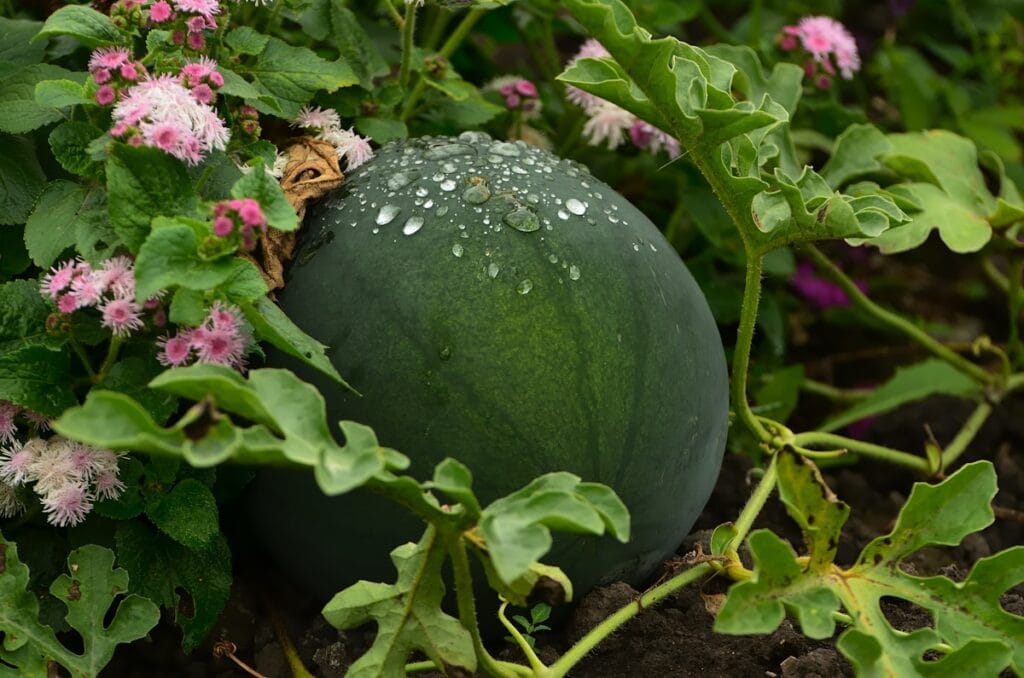
Why did it disappear? It grows slower than modern hybrids and isn’t always a perfect shape. But what it offers in return is a taste of another era—an age when summer afternoons stretched endlessly and every bite of watermelon dripped down your chin.
Salsify: The Forgotten Root
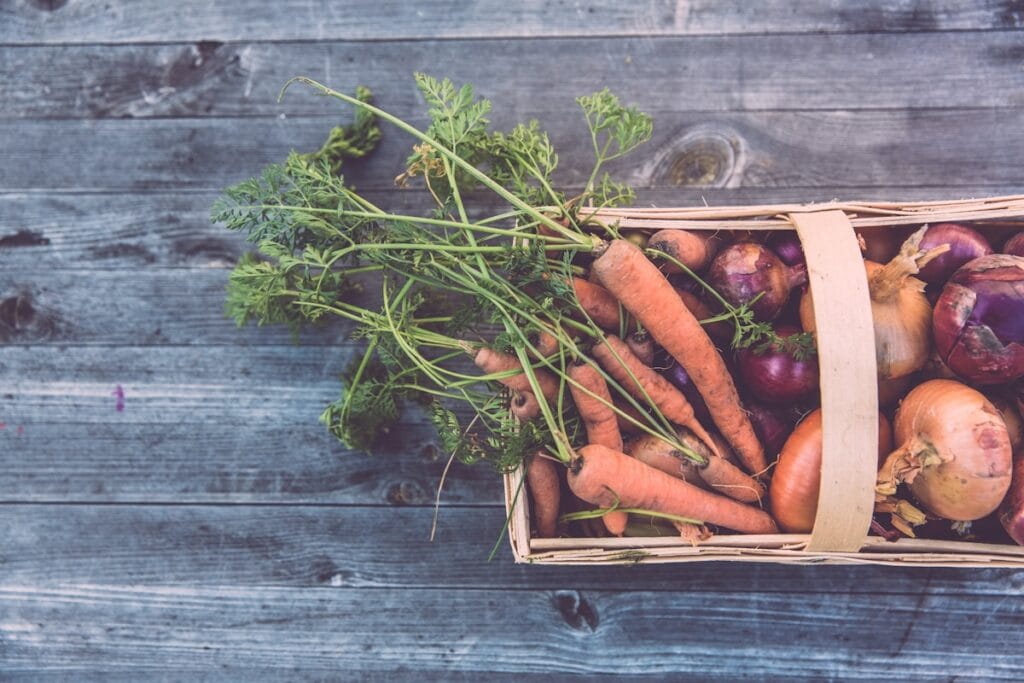
Once a staple in European kitchens, salsify is a humble-looking root with an unexpected secret: when cooked, it tastes remarkably like oysters. In Victorian times, it was prized for soups and stews, but today, it has nearly vanished from gardens. Its long, narrow roots might not look impressive, but their mild, creamy flavor is something special.
Why did it fade away? It takes patience to grow—nearly 120 days from seed to harvest. But for those who love a quiet challenge, salsify rewards with a depth of flavor that modern crops rarely match.
The Merveille des Quatre Saisons Lettuce
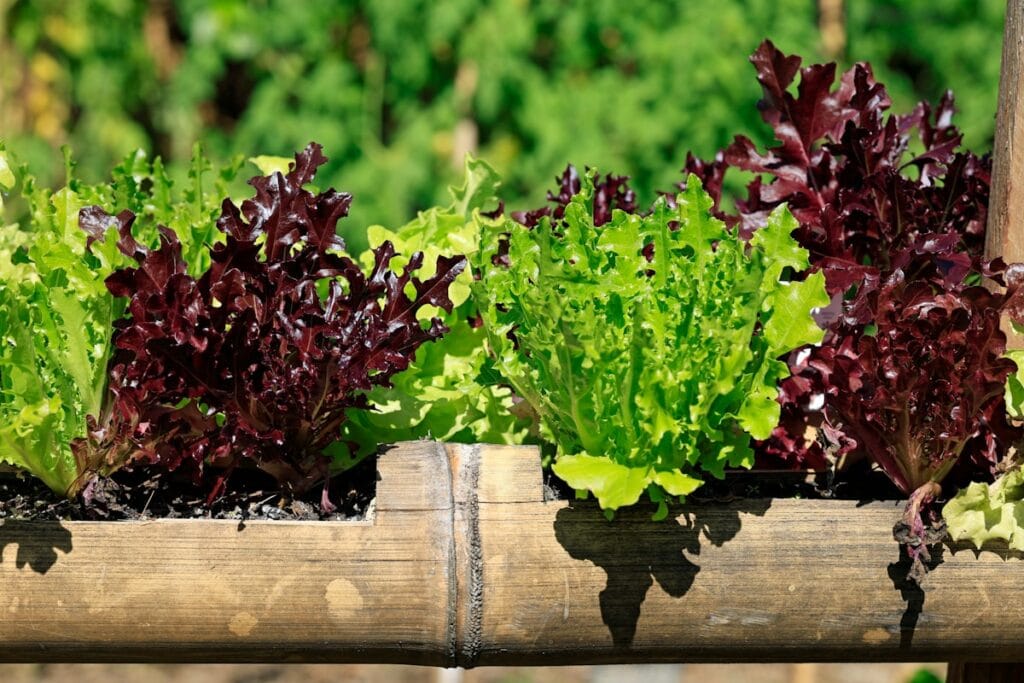
Before the days of bagged salads and hydroponic greens, lettuces like Merveille des Quatre Saisons were a gardener’s pride. Its name means “Marvel of the Four Seasons,” and it’s easy to see why. The outer leaves are a deep bronze, while the heart stays tender and pale green. It grows year-round in many climates, resistant to cold and heat alike.
Why did it disappear? It’s not as uniform as modern lettuces, and its delicate leaves bruise easily. But for home gardeners, that fragility is a blessing—it means every bite is a testament to freshness, flavor, and the joy of growing your own food.
The Aunt Molly’s Ground Cherry
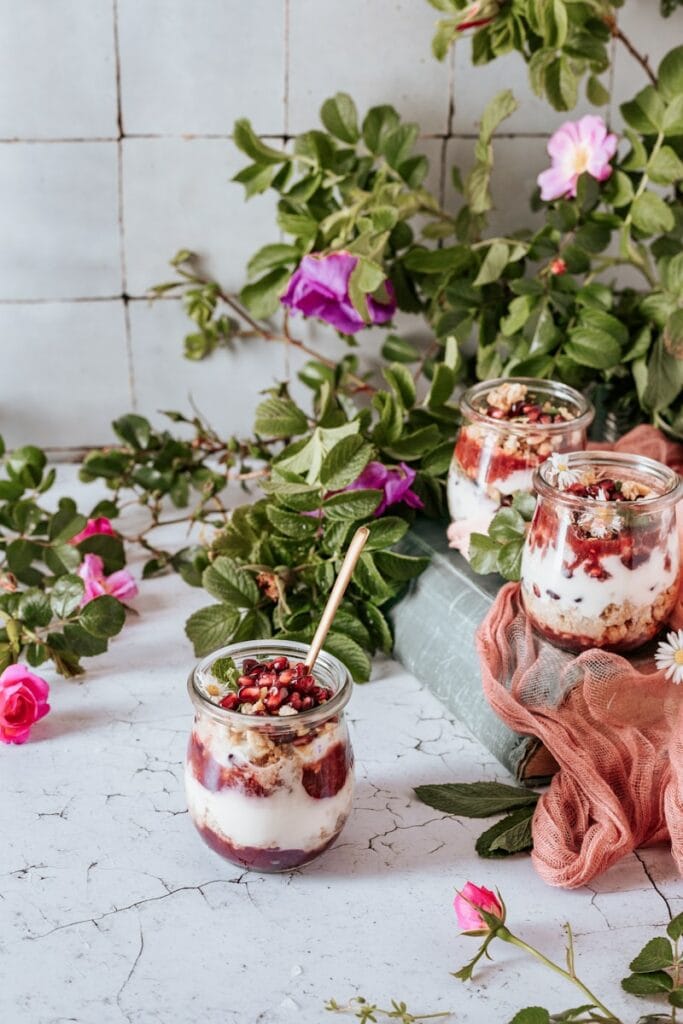
If you’ve never tasted a ground cherry, you’re in for a surprise. These small, golden fruits grow inside papery husks, like tiny lanterns. Pop one in your mouth, and you’ll taste something between a pineapple and a strawberry, with a hint of vanilla.
Why did they fade away? They take longer to ripen than most berries, and their delicate husks make them impractical for large-scale farming. But they’re a dream for backyard gardeners, self-seeding and wildly productive. Once you taste them, you’ll wonder why they ever disappeared.
Aunt Molly’s Ground Cherry Jam
Golden, bright, and a little wild—just like summer in a jar.
Ingredients:
- 2 cups Aunt Molly’s ground cherries (husks removed and rinsed)
- ¾ cup granulated sugar
- 1 tablespoon lemon juice
- 1 tablespoon water
- Optional: ½ teaspoon vanilla extract or a pinch of grated fresh ginger for depth
Instructions:
- Prepare the ground cherries
Husk and rinse the ground cherries. If any are underripe (green or very firm), set them aside—stick with the golden, ripe ones for the best flavor. Halve the larger ones if you like a smoother jam. - Cook down the fruit
In a medium saucepan over medium-low heat, add the ground cherries, water, and lemon juice. Stir gently until the fruit begins to soften and burst, about 5–7 minutes. - Add sugar and simmer
Add the sugar and stir until dissolved. Turn the heat to medium and let the mixture simmer for 15–20 minutes, stirring often to prevent sticking. The cherries will break down, and the mixture will thicken slightly. If you like, stir in vanilla or ginger in the last few minutes. - Check for doneness
The jam is ready when it clings to the back of a spoon and you can draw a line through it on a chilled plate without it running. - Cool and store
Let the jam cool slightly, then pour into clean glass jars. Seal and refrigerate. It will keep for up to 3 weeks in the fridge or can be water-bath canned for longer storage.
Ways to Use It:
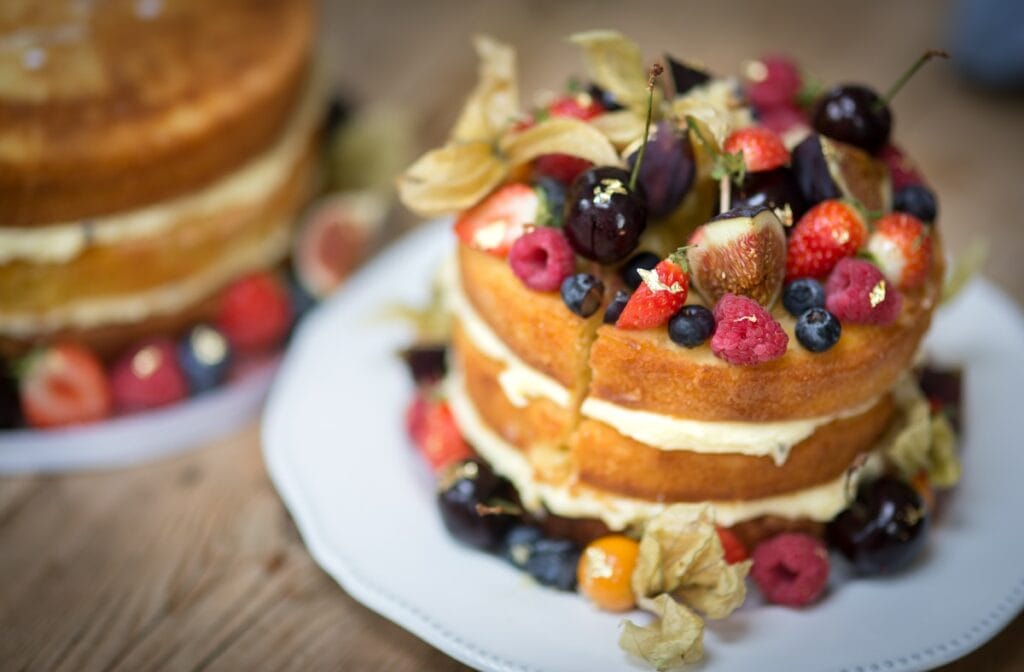
- Spread on buttered toast or fresh scones
- Swirl into yogurt or oatmeal
- Spoon over vanilla ice cream or pancakes
- Pair with soft cheeses like brie or chèvre for a stunning appetizer
Growing these old varieties isn’t just about nostalgia—it’s about resilience, diversity and taste. These fruits and vegetables were chosen by generations of gardeners for a reason. They weren’t bred for shelf life or uniformity; they were bred for flavour, nutrition and adaptability.
Bringing them back into our gardens is an act of quiet rebellion against the bland and the ordinary. It’s a way of reclaiming something real, something rooted in history. And perhaps, when we pass these seeds on to our children or grandchildren, we’ll be ensuring that their tables, too, will hold something rare and wonderful.
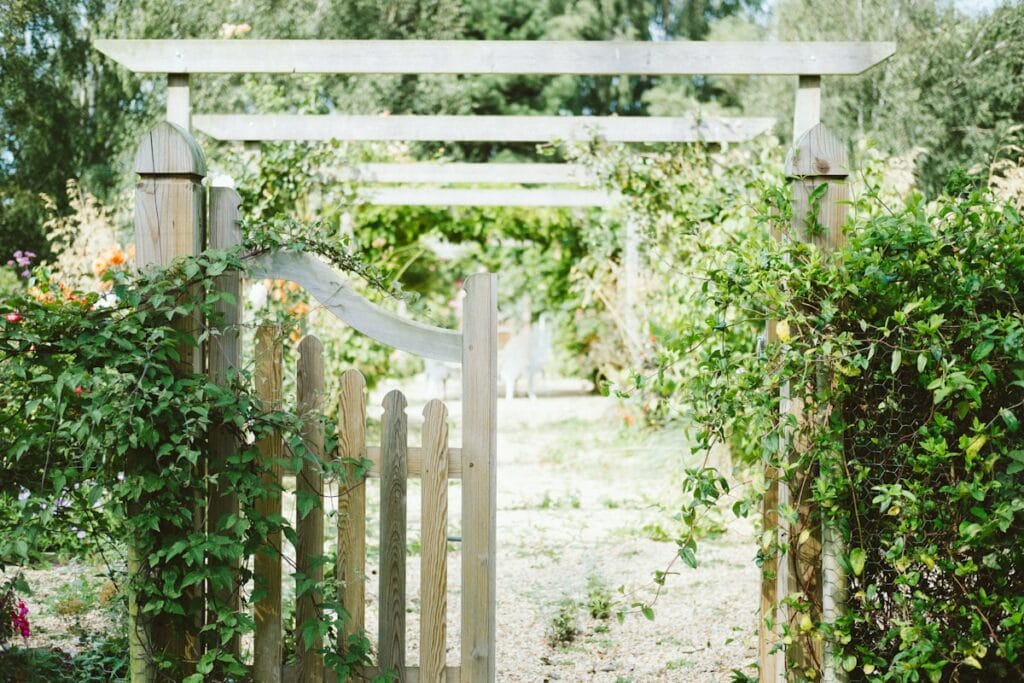
This year, let’s plant more than just a garden. Let’s plant a story.
Do you want to share your story and inspire our readers ? Know that YOUR EXPERTISE is paving the way for a fairer, happier society.




